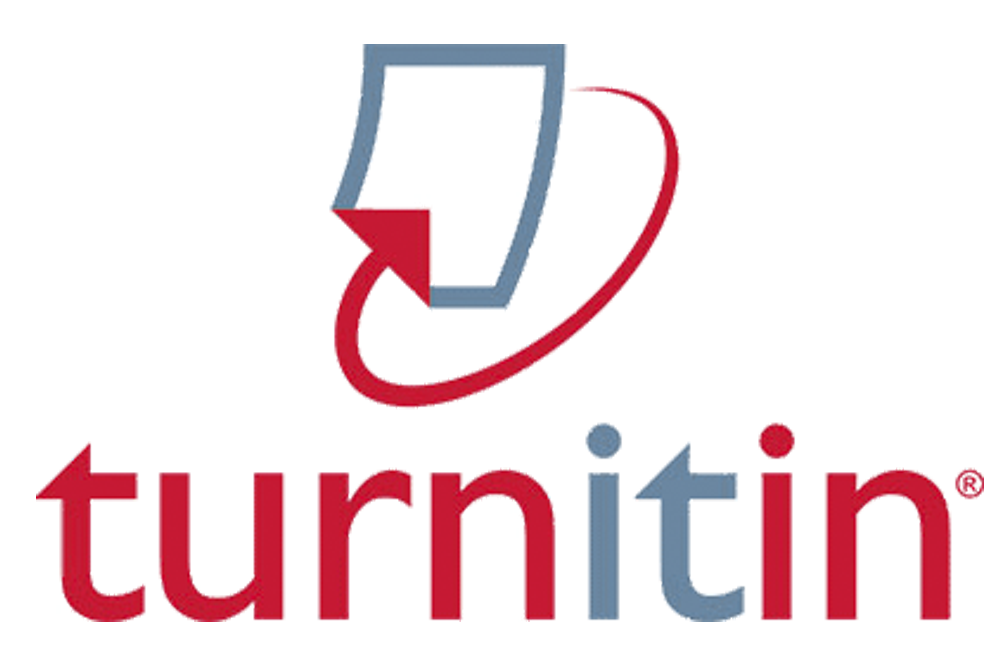Forward Modelling on Gravity Anomalies Fault Model Using MATLAB Mathworks
Forward Modelling pada Anomali Gayaberat Model Fault Menggunakan Matlab Mathworks
DOI:
https://doi.org/10.20956/geocelebes.v6i2.19157Keywords:
forward modelling, gravity method, faultsAbstract
The gravity method is one of the geophysical methods utilized to determine the subsurface conditions of the earth according to differences in rock mass density below the surface. In the exploration of gravity requires an initial description as a reference for measurement. The synthetic modelling carried out this time is a forward modelling of fault anomalies carried out with the help of Grav2dc and Matlab Mathworks software. This study aims to compare the results of synthetic modelling using Grav2dc software and Matlab Mathworks as well as to test whether the program built can run well or not. The model parameters utilized are the density value of 1 kg/m3 with a deep plate depth of 50 m, a shallow plate depth of 150 m and the location of the fault at a depth of 150 m with a thickness of 40 m. The data processing in this study used two pieces of software, are Grav2dc and Matlab MathWorks to compare and test whether the processing results using Matlab MathWorks software were in accordance with the synthetic model processed using Grav2dc software. The results obtained from this study are the fault model obtained from processing using Matlab MathWorks and Grav2dc software with model parameters in the form of density and depth, where density and depth have a role in shaping the value of the change in gravity.
References
Frifita, N., Arfaoui, M.S., and Zargouni, F. 2016. Relationship Between Surface and Subsurface Structures of the Northern Atlas Foreland of Tunisia Deduced from Regional Gravity Analysis. Journal of Geophysics and Engineering. 13(4), pp.634 – 645. https://doi.org/10.1088/1742-2132/13/4/634
Hirt, C. and Kuhn, M. 2014. Band-limited topographic mass distribution generates full-spectrum gravity field: Gravity forward modeling in the spectral and spatial domains revisited. Journal of Geophysical Research: Solid Earth. 119, 3646 – 3661. https://doi.org/10.1002/2013JB010900
Katrinavia, Y.P., Setyawan, A. dan Supriyadi. 2015. Pemodelan Anomali Gaya Berat Akibat Curah Hujan dan Dinamika Air Tanah di Daerah Semarang. Jurnal Fisika Indonesia. 19(56), pp. 42 – 44. https://doi.org/10.22146/jfi.24358
Kirsch, R. 2009. Groundwater Geophysics, 2nd Ed. Springer, Berlin Heidelberg. https://doi.org/10.1007/978-3-540-88405-7
Makhrani. 2013. Optimalisasi Desain Parameter Sekunder Untuk Data Resistivitas Pseudo 3D. Positron: Berkala Ilmiah Fisika. 3(1), pp. 24 – 33. http://dx.doi.org/10.26418/positron.v3i1.5416
Oruç, B., Sertçelik, I., Kafadar, Ö. and Selim, H.H. 2013. Structural Interpretation of The Erzurum Basin, Eastern Turkey, Using Curvature Gravity Gradient Tensor and Gravity Inversion of Basement Relief. Journal of Applied Geophysics. 88, pp. 105 – 113. https://doi.org/10.1016/j.jappgeo.2012.10.006
Panjaitan, S. and Subagio. 2015. Prospek Sumber Daya Energi Berdasarkan Analisis Pola Anomali Gaya Berat di Daerah Biak dan Sekitarnya, Papua. Jurnal Geologi Kelautan. 13(2), pp. 87-97. http://dx.doi.org/10.32693/jgk.13.2.2015.264
Stagpoole, V., Tontini, F.C., Barretto, J., Davy, B. and Edbrooke, S.W. 2016. Inversion of magnetic and gravity data reveals subsurface igneous bodies in Northland, New Zealand. New Zealand Journal of Geology and Geophysics. 59(3) pp. 416 – 425. https://doi.org/10.1080/00288306.2016.1162178
Downloads
Published
How to Cite
Issue
Section
License
Authors who publish with this journal agree to the following terms:
- Authors retain copyright and grant the journal right of first publication with the work simultaneously licensed under a Creative Commons Attribution License that allows others to share the work with an acknowledgement of the work's authorship and initial publication in this journal.
- Authors are able to enter into separate, additional contractual arrangements for the non-exclusive distribution of the journal's published version of the work (e.g., post it to an institutional repository or publish it in a book), with an acknowledgement of its initial publication in this journal.
- Authors are permitted and encouraged to post their work online (e.g., in institutional repositories or on their website) prior to and during the submission process, as it can lead to productive exchanges, as well as earlier and greater citation of published work (See The Effect of Open Access).





